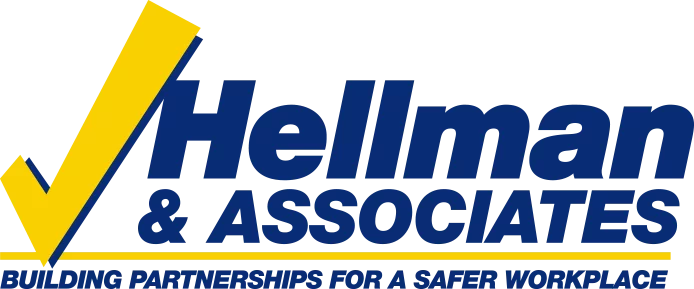Machine Guarding 101
There are approximately 18,000 injuries and 800 deaths per year in the United States resulting from machine use. Injuries include amputations, lacerations and crushing injuries. These injuries often result from coming into contact with the point of operation (the point where machine work is performed on material, such as cutting or bending), ingoing nip points, rotating parts, flying chips or sparks. Machines, while useful, can be dangerous both to the operator and others working in the area – that’s why machine guarding is critical. The goal for machine guarding is simple: prevent contact with the hazard!
Machine Guard Types
There are different types of machine guards:
- A fixed guard is a permanent part of the machine. It doesn’t depend on machine motion to function. It must be substantial enough to withstand the machine’s impact. This is the preferred type of guard because there’s less room for human error.
- An interlocked guard automatically shuts off power or disengages the machine through a tripping mechanism when the guard is opened or removed. With this design, the machine can’t be started again until the guard is back in place.
- An adjustable guard can be adjusted or re-positioned as needed to accommodate various sizes of stock.
- A self-adjusting guard moves with the stock. As the operator moves the stock into the danger area, the guard is pushed away just enough to allow for the stock size. It acts as a barrier between the danger area and the operator.
Machine Guarding Methods
Guards must be fixed to the machine where possible. If it’s not feasible to guard a machine, the company must evaluate other methods of safeguarding to protect workers. Safeguards might include two-hand controls, safety trip controls, presence-sensing devices, light beam curtains, guarding by distance, etc.
General Requirements and Safe Work Practices
- The guard should not create a hazard in and of itself (e.g. jagged edges) and require a tool to remove.
- Machines designed for a fixed location must be securely anchored to prevent movement.
- Special hand tools used to place or remove material from a machine must allow easy handling of material so the operator can keep his/her hand out of the danger area.
- Keep loose items, such as hair, clothing, gloves, jewelry, lanyards, etc., away from moving machinery.
- Wear eye and face protection when necessary to protect from flying chips, sparks or debris.
- Inspect machines before use. If a guard is damaged, defective or missing, do not use the machine, notify the appropriate personnel and take the machine out of service.
